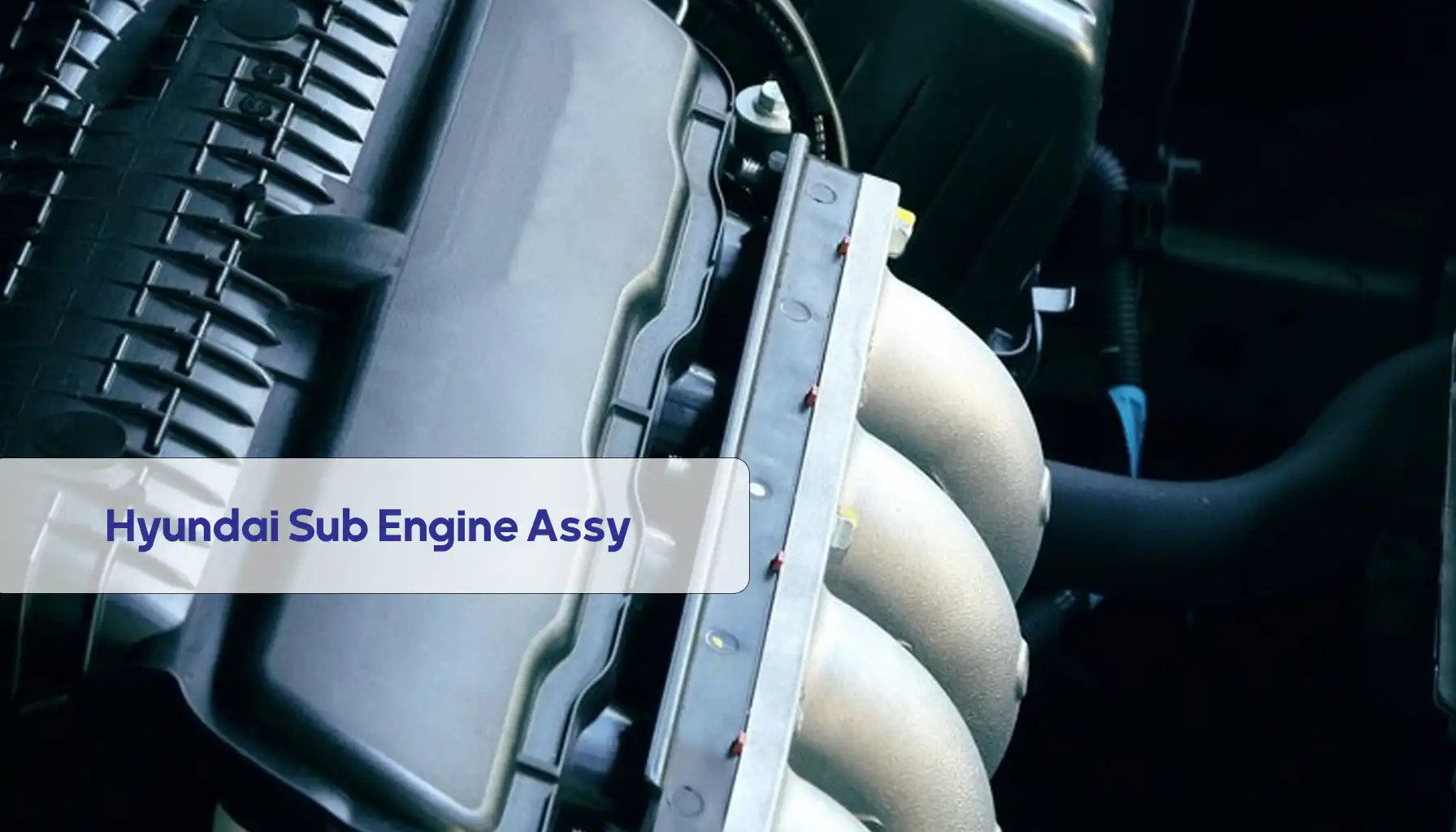Replace spark plug in your car is an essential part of regular vehicle maintenance. Spark plugs play a crucial role in the combustion process, creating a spark that ignites the air-fuel mixture in the engine’s cylinder. Over time, spark plugs may wear out, leading to engine misfires, reduced fuel efficiency, and poor acceleration.
In this step-by-step guide, we will explore the importance of replacing spark plugs, identifying worn spark plug signs, and providing a precise process for spark plug replacement. By following this tutorial, vehicle owners will be equipped with the knowledge to successfully replace their spark plugs and ensure optimal performance of their vehicles.
Before we delve into the spark plug replacement process, understanding the vital role of spark plugs in your car’s engine performance is crucial. Spark plugs generate the necessary spark for combustion, igniting the air-fuel mixture that powers the engine. The ignition coil supplies the high voltage required to create the spark, while the spark plug gap allows the spark to jump across the electrodes.
Typically made of copper or platinum, these electrodes conduct the electrical current and create the spark that initiates the combustion process. Understanding the components and function of spark plugs is essential for car owners, as it enables them to determine when maintenance or spark plug replacement is needed.
Tools Required for Spark Plug Replacement
Before replacing the spark plugs in your car, ensure you have the necessary tools. These include a ratchet, spark plug socket, and torque wrench for proper removal and installation. A feeler gauge, rubber insert, and compressed air are essential for maintaining the correct gap and cleaning the spark plug area. The appropriate spark plug gap tool ensures accurate measurements and optimal engine performance.
Having these tools available guarantees a seamless and successful spark plug replacement process.

Use the specified tools aids in the effectiveness and longevity of the replacement, especially when working on older vehicles or installing specific types of spark plugs, such as copper or iridium ones. Always exercise caution when performing car repairs, consult informational resources, and acquire the necessary tools through online purchases, which may be a good and practical idea for future maintenance.
Choosing the Right Spark Plugs for Your Car
We have previously mentioned that car spark plugs are not universal, and spark plug types vary depending on the engine and vehicle design, utilizing different materials and applications. Therefore, when selecting spark plugs for your car, it is crucial to choose the appropriate ones based on your vehicle’s specifications—the electrode material, whether copper or platinum, should be carefully considered. To ensure compatibility, consulting the owner’s manual for the recommended type of spark plug is advised. Choosing the wrong spark plugs can have a detrimental effect on engine performance.
As a result, we recommend using the best and highest quality parts available in the market when you need to replace your car’s spark plugs. At Arsintrading, we strive to provide the best spare parts for Kia and Hyundai vehicles, allowing you to order them online as quickly as possible and from anywhere in the world.
Selecting high-quality spark plugs is essential as they significantly contribute to the desired performance of your vehicle. The next time you need new spark plugs, be cautious and consider these factors for an informed decision. For informational purposes, when buying spark plugs online, prioritizing quality over cost is a good idea, especially for older vehicles.
Removing Old Spark Plugs
When removing old spark plugs, start by ensuring the engine is cool to prevent burns. Locate the spark plug wires that run from the distributor cap to the top of the engine. Then, gently twist and pull the spark plug boots to detach them from the spark plugs. Be careful not to damage the wires.

Next, use a spark plug socket and a ratchet to loosen and remove the old spark plugs from the cylinder head. Inspect the removed spark plugs for signs of wear or damage, such as deposits or corrosion, which may indicate engine problems. This visual inspection can provide valuable insights for troubleshooting.
Precautionary Measures Before Starting
Prioritizing safety before beginning the spark plug replacement is very important. Start by ensuring the use of safety glasses and gloves for protection. Allow the engine to cool down completely before starting the replacement process. To prevent contamination, use compressed air to clean debris around the spark plug hole.
Always double-check that the vehicle is in park and the ignition is off to prevent accidents. Additionally, be aware of hot engine parts, especially the top of the engine, as touching them can cause severe burns. By following these precautionary measures, you can effectively prepare for a smooth and incident-free spark plug replacement process.
Step-by-Step Removal of Old Spark Plugs
Before working on removing old spark plugs:
- Ensure the area around them is clean to prevent debris from entering the cylinder head.
- Carefully use the spark plug socket and ratchet to detach the old plugs.
- Inspect the old spark plugs for any signs of wear, deposits, or damage.

We recommend reading the article on the spark plug place in your vehicle before attempting spark plug replacement. When installing new spark plugs, a small amount of anti-seize lubricant should be used on the threads. Hand-tighten the new spark plugs and then use a torque wrench for the final tightening to ensure they are securely in place. These steps are necessary for proper maintenance and can be helpful for informational purposes.
Installing New Spark Plugs
After carefully removing the old spark plugs, focus on installing the new spark plugs. Begin cautiously and ensure the connector is correctly aligned with the spark plug. For informational purposes, using a small amount of anti-seize compound on the threads is a good idea for easy removal next time.

Whether you choose copper or iridium spark plugs, ensure they suit your specific vehicle. When placing the first spark plug, be careful not to overtighten it. Additionally, it’s always a good idea for older cars to recheck the gap and confirm the proper fit. After installing all the new spark plugs, secure the hood and start the engine for a test run.
Tips Before Installation
Before installing new spark plugs, use iridium or platinum spark plugs to increase longevity and performance. Additionally, check the spark plug wires and ignition coil for any signs of wear or damage. Use a feeler gauge to ensure the new spark plug gap matches the manufacturer’s specifications.
Before Reconnecting the Wires
Before reconnecting the wires, applying dielectric grease on the spark plug boots is best. Finally, be cautious and inspect the spark plug threads for any signs of damage or cross-threading. These pre-installation tips are essential to ensure the proper function and longevity of the new spark plugs.
Step-by-Step Installation of New Spark Plugs
Install the new spark plugs by hand to prevent damage to the threads. Use a torque wrench to tighten the spark plugs to the recommended torque value. Reconnect the boots and wires to the new spark plugs and ensure a secure connection. Double-check the placement of the new spark plugs to ensure they are correctly seated.
After that, reconnect the car battery and ensure all previously removed parts are correctly installed. This step-by-step process is crucial for maintaining high engine performance after spark plug replacement. For informational purposes, it’s worth noting that iridium spark plugs are a good choice for new vehicles, while copper spark plugs may be more suitable for older cars.
Post-Installation Steps
After successfully installing the new spark plugs, it’s essential to check their proper installation by ensuring a secure connection to the wires or spark plug coils. This step helps maintain optimal engine performance and prevents incomplete combustion. Additionally, it’s a good idea to inspect the spark plug connector and wires for any signs of damage or wear, as they could lead to combustion issues in the future.
If you use copper spark plugs for informational purposes, be cautious about overtightening them, especially in older vehicles where the threads may be more delicate. Next time, consider using iridium spark plugs, which last longer and have better conductivity. This is particularly useful for the first spark plug in the cylinder, as it is subjected to more pressure and heat from the piston.
Ensuring Proper Installation of spark plug
After installing the new spark plugs, it’s crucial to ensure they are correctly positioned and tightened within the engine. To guarantee proper performance, check the secure connection of the wires or spark plug coils to the new spark plugs. Recheck the firing order to ensure the correct placement of the spark plugs in each cylinder.

It’s also essential to thoroughly test the ignition system to confirm the adequate performance of the engine’s spark plugs. Checking for proper installation is vital for maintaining high engine performance and should be done carefully. This information serves informational purposes and is a good reminder for car repair enthusiasts and those working on older vehicles.
Tips for Ensuring the Longevity of New Spark Plugs
To ensure the longevity of the new spark plugs, adhering to the manufacturer’s recommended replacement schedule is very important. Using the appropriate spark plugs that match your vehicle’s make and model for optimal performance is essential. Proper installation, including adhering to torque specifications and measuring the gap, is critical to maximizing the lifespan of the spark plugs.
Caution should be taken to prevent overtightening the spark plugs, which can lead to thread damage. Regularly inspecting the spark plugs for wear and prompt replacement if necessary are crucial for high engine health. Following these tips not only helps the spark plugs last longer but also maintains the vehicle’s overall performance for an extended period, ultimately saving time and resources.



